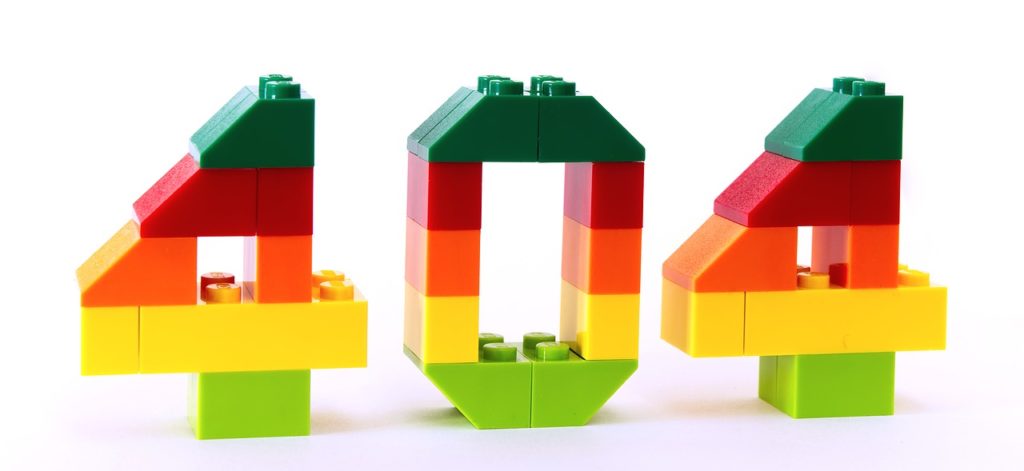SEO requires a thorough understanding of the difference between external and internal links and how to use this information to your advantage in your overall digital marketing strategy. Each sort of link has a place in a well-thought-out SEO strategy that aims to improve your search engine rankings.
What’s the Difference Between External and Internal Links, and How are they Used?
When you click on an external link, you’re taking your browser to a different website entirely. They could be links from your website to another website that give more information to your readers, or they could be links from your website to an affiliate program that help you make money.
The term “external” can also be used to refer links from other sites to yours, but the ideal phrase is “inbound” links to separate them from links you’ve placed to your own site that connect to other sites.
On the other hand, internal links only point to your own website or domain. In your menu bar, you can find links to other parts of your site. Contact pages on your site are another example of internal links. Links from other pages on your site to your contact page are another simple example.
To sum it up:
- A link that points to a different domain is considered external.
- The term “internal links” refers to links that point to pages on a single site.
Using Both External and Internal Links for SEO Purposes

External and internal links both have a role to play in an SEO strategy. Here’s how you can strategically employ them.
1. External Links Can Help Increase Your Visibility.
External links to your content from other websites are an excellent source of free traffic and a critical component of Google’s search engine algorithm. Both the quality and amount of linkages are significant. For instance, links from low-quality websites can have a detrimental effect.
2. To Attract Links to Your Website, Fill it With High-quality, Relevant Material
Develop an outreach campaign in which you offer to guest post on other specialized sites in exchange for a link to your own. Additionally, you can encourage inbound links or external links to your site by using link-embedded infographics with HTML code that can be copied and pasted into other sites, sending direct links requests to webmasters, and more.
3. External Links Are More Beneficial to the Readers Than You
While links to other websites benefit your viewers, they bring minimal value in terms of strategic SEO. These links may direct readers to important resources such as items or information. However, bear in mind that the SEO benefits apply to the website to which you link, not to your own.
4. Internal Links Can Help Improve Your SEO
Internal links assist SEO in a variety of ways. When search engine spiders discover your site, they follow links to other pages on it. They follow these link networks in order to locate and archive as many relevant pages as possible during a single visit.
You can choose to leave pages on your site unlinked from others and hope that the search engines will discover them. However, it could take weeks, if not months, for them to find your page. With millions of new online pages being posted daily, the spiders are keeping themselves quite busy.
5. Internal Links Improve the Overall Website Structure
In addition to being visually pleasing, a logical linking structure is also highly effective. It aids in the organization of your website’s content and the speed with which users may find information. Consistent page elements, a brief navigation bar, and naturally occurring page links dispersed across your site all aid in the discovery of your content by both readers and search engines.
How to Find and Repair Broken Links

Broken links are one of the things that will lower your SEO score. They may no longer work if the external link’s target website is unavailable or if a page has been moved. While one or two broken links are unlikely to have an effect on your rankings, several broken links may.
Broken links, regardless of their effect on search traffic, results in a poor reading experience and reduced traffic. It’s prudent to detect and correct them in order to improve your website.
Utilize tools such as Ahrefs to identify and repair broken links. It’s a completely free application that checks your website for broken links. You then navigate to each page, locate the link, and delete or correct it.
Conclusion
In order to determine your site’s rank in the search engine results pages, SEO professionals believe that Google and other search engines consider between 100 and 200 factors while developing their algorithms. External and internal links constitute a tiny but significant portion of this exercise when seen in the context of the overall project.
It may take some time to create your links and repair those that are broken, but your efforts will be rewarded in the long term with an increase in traffic and a higher ranking in the search engine results pages (SERPS). And it is for this reason that the effort is worthwhile.